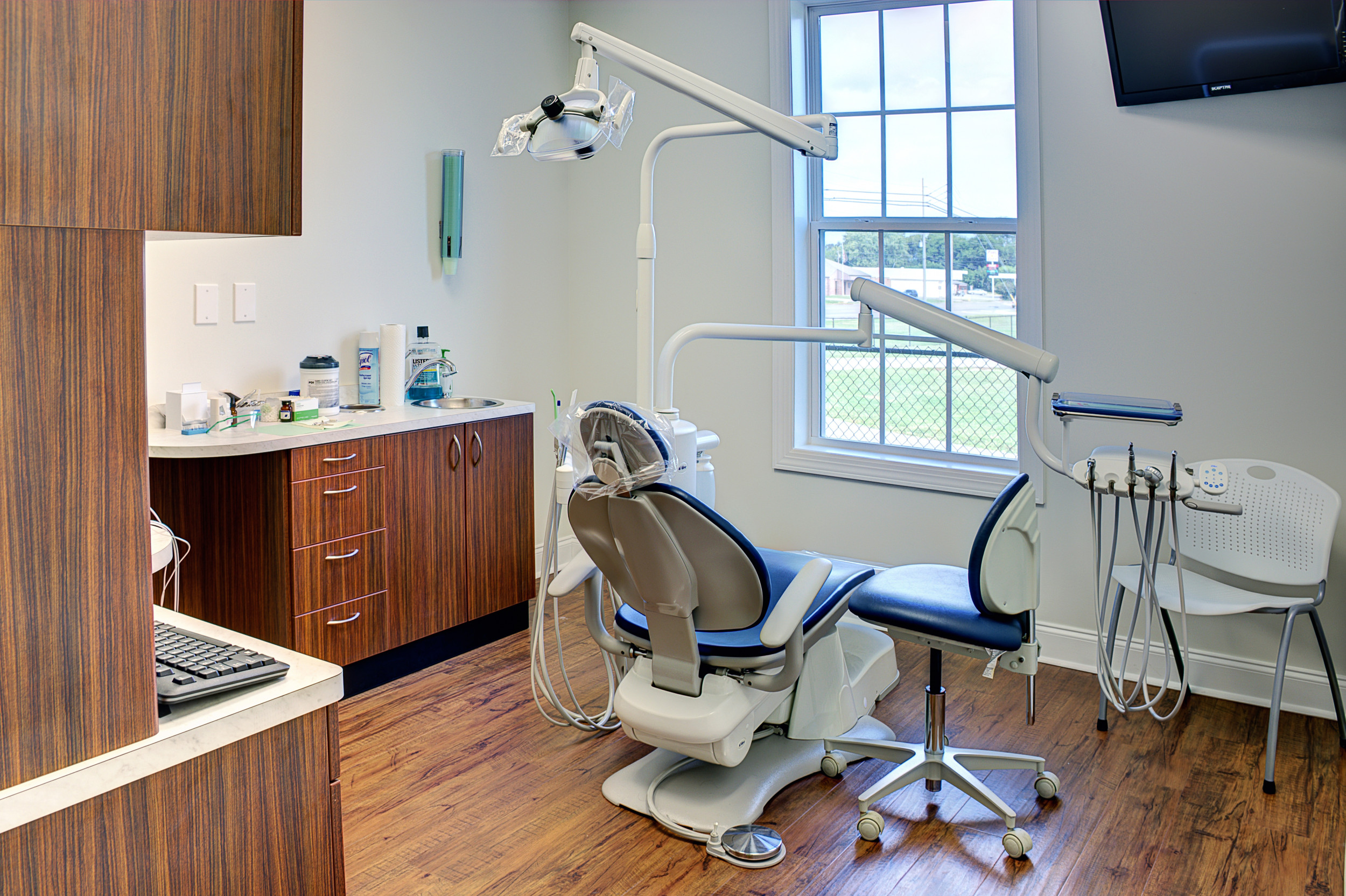
With COVID-19 still looming, monkeypox re-emerging and infectious disease outbreaks on the rise, healthcare practitioners are fighting on multiple fronts. In the wake of multi-pandemics, medical professionals are scrambling to keep their teams safe and provide patient-centered care.
Healthcare workers don't have the luxury of getting it wrong, and dental care providers are no exception. Dentists are often the first to detect symptoms of whole-body health issues — providing a crucial line of defense against outbreaks. This is especially true for monkeypox, which can result in oral lesions that may first be detected by dental workers.
While healthcare offices have sometimes struggled to successfully communicate with and retain patients, contemporary technologies are becoming sought after by dental professionals. Through an arsenal of streamlined automated systems and centralized data, medical professionals can better equip themselves against an expanding cast of diseases, while ensuring continuity of care for patients.
A Well-Equipped First Line of Defense
At the height of the COVID-19 pandemic, dental patient visits dropped to 7% of their pre-pandemic levels, as 45% of dental offices were forced to let go of their staff by mid-April 2020. The dental workforce has been slow to return, and short-staffed dental teams are experiencing enormous pressure. As we face another viral threat, we must educate dental teams about emerging disease outbreaks and make sure providers are adequately communicating with staff and patients.
The CDC and state-level organizations like the California Dental Association have been diligent in releasing extensive guidance for dental teams. Fortunately, many of the guidelines for mitigating the spread are the same as those for preventing COVID-19. Tried and true pandemic solutions, like wearing proper protective gear, can help dental workers avoid infection. Ongoing communication with infected patients also remains important, since many patients are unlikely to have prior experience with this virus.
Digital Records for Unrivaled Continuity of Care
Digitizing systems can help dental offices better address worker attrition and emerging disease outbreaks. Right now, the dental industry is still surviving on a skeleton crew. With 289,000 dental workers missing from the workforce, teams must leverage efficient processes through technology. Cloud-based solutions can streamline processes. This sort of technology is revolutionizing the way medical teams communicate with each other, their patients, and the rest of the healthcare system.
In the case of monkeypox, dental service providers using the cloud will be better able to access and update patient records, disseminate infection mitigation information with staff and share patient records with appropriate services for testing, treatment and ongoing care. Digital communication allows providers to tweak healthcare reminders to patients, based on individual symptom manifestations. While medical and dental services are often treated as separate, cloud-based technologies also help dental providers more easily interface with a patient's other providers — closing essential information gaps.
These efforts aren't just effective for monkeypox. Monkeypox is an obvious example of an illness that can sometimes first be identified by dental workers, but it's not the only health condition that sometimes shows up in our teeth and gums first. Eating disorders, stress, lupus and diabetes are often first identified by dental workers. Even COVID-19 has been linked to potential dental issues. Digitized dental services can help in the detection and mitigation of emerging disease outbreaks.
A Healthcare Renaissance Sparked by a Cloud Revolution
From a patient perspective, digitized processes improve safety during infectious disease outbreaks and allow for better integration of dentistry with outside healthcare. During the height of the COVID-19 pandemic when I experienced acute tooth pain, I knew visiting a dentist would be difficult. The process was made more complicated because few practices had fully operable digitized systems. Instead of being able to text my provider my relevant information, I found myself filling out paperwork on the street outside the office.
Cloud-based technologies can also help combat siloed healthcare systems in which patients shoulder the burden of connecting insights from different providers. Patients with multi-systemic illnesses, like monkeypox and COVID-19, often have to jump from specialist to specialist, using valuable time tracking down records to share across healthcare disciplines. This effort can be exhausting, and too often, important data gets lost in the shuffle. As healthcare workers prepare for evolving and emerging diseases, it's crucial that they have easy access to test results, x-rays, and medical histories—all of which can drastically impact care protocols. Historically, large dental record files such as 3D images have been difficult to share, but cloud-based technology now makes this possible.
So, why aren't more dental providers jumping on the cloud? It can be difficult to convince providers to upgrade systems — especially providers who have been using outdated tech for a long time. Some may also distrust new systems due to the long history of misleading marketing in this industry. Sometimes, older providers who are less accustomed to using cloud-based tech in their daily lives may take longer to understand its benefits in a healthcare setting.
Some also worry about having to onboard their team to a new system, but most cloud-based systems are more intuitive than outdated technologies (think of it as upgrading from an early 2000's-era flip phone to the latest iPhone). Others are concerned about cyber-security risks, but new technologies can protect against attacks better than outdated systems.
While dental support organizations are changing the landscape of dentistry in a profound way, COVID-19 and monkeypox reaffirm the importance of continual innovation. Digitization is a great first step, but electronic healthcare systems, like the one I work for, are already looking for more ways to resource dental care via automated systems and machine learning. If the COVID-19 and monkeypox outbreaks have taught us anything, it's that the future is unknown. We need to create solutions that help us catch these incoming curve balls, fostering clarity in times of chaos.
Uncommon Knowledge
Newsweek is committed to challenging conventional wisdom and finding connections in the search for common ground.
Newsweek is committed to challenging conventional wisdom and finding connections in the search for common ground.





